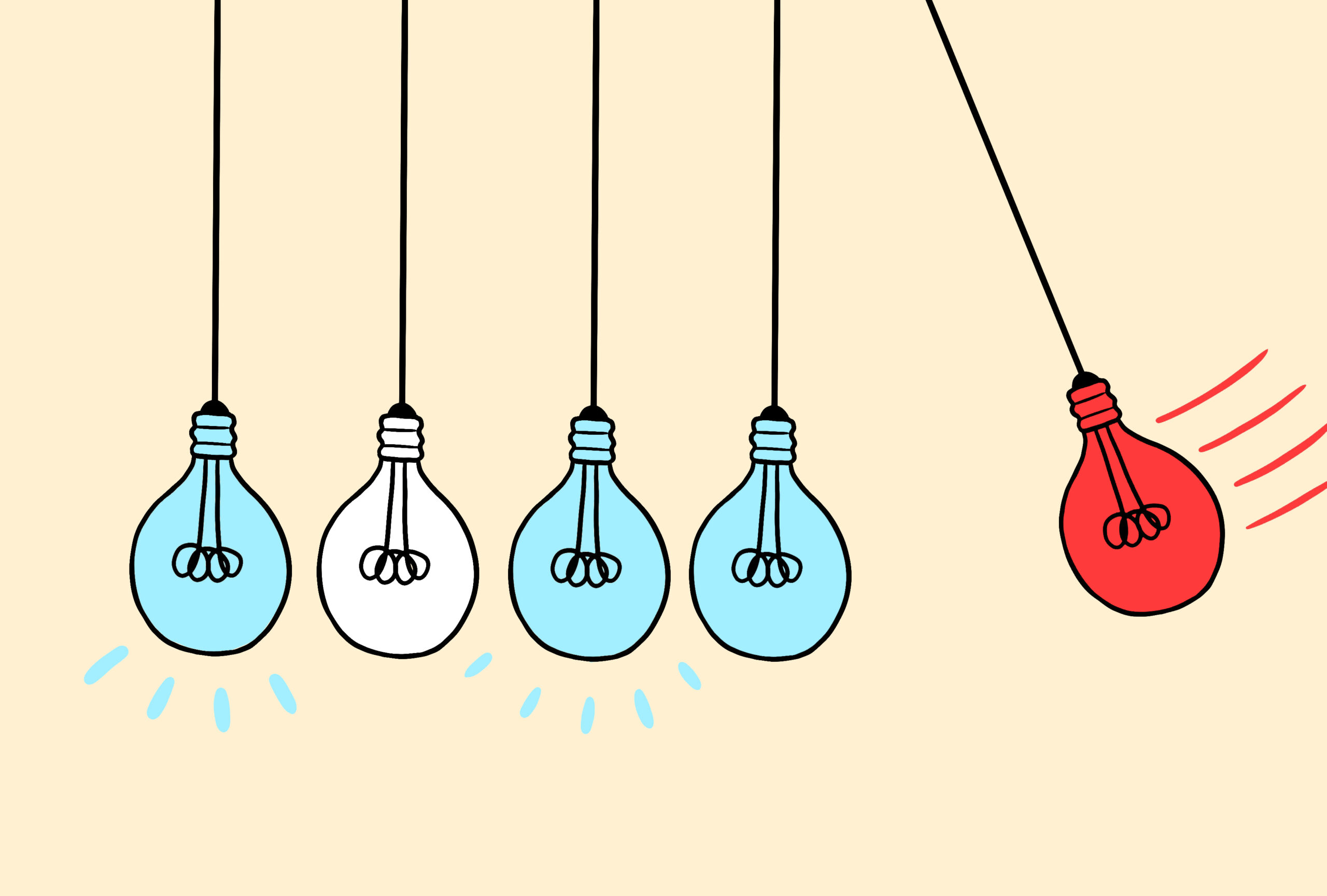Autism researcher Kristen Bottema-Beutel kicked off 2023 with a critique of how autism interventions earn the label “evidence based,” published in Autism on the first of the year. In a review of the body of evidence behind such therapies, conducted by Bottema-Beutel and her colleagues, positive results disappear after removing studies with significant risk of design bias.
More null results about interventions awaited me when I returned from conducting my own replication study — her name is Elle — in December. Those findings and more are below. Thank you to Emily Harris for taking care of the newsletter in my absence; as always, send your studies, thoughts, feedback and cat photos to [email protected]. Now accepting baby pictures, too.
Lack of support:
Despite decades of research, evidence for effective autism therapies remains thin. In a further blow to the intervention field, three recent studies turned up null results. Among 414 autistic children followed from diagnosis through age 11, those who received behavioral services within two years of diagnosis fared no better on measures of everyday skills and behavioral problems than did those who received no services, according to a Canadian study published in Research in Developmental Disabilities earlier this month. Two social-communication therapies administered by caregivers were similarly ineffective at improving children’s social-communication skills, a study in 120 autistic toddlers showed; those findings were published in the American Journal of Speech Language Pathology in December.
Finally, a November meta-analysis of 15 studies, published in the Journal of Early Intervention, found that early behavioral interventions (EBI) for autistic children did little to improve the quality of life for those children and their families. “For families seeking EBI services in hopes of improving some aspect of their quality of life,” the authors of the meta-analysis write, “EBI should not be utilized as the sole treatment.”
Noise control:
Underlying autistic people’s sensory sensitives and difficulty with social situations, some research suggests, is a brain that reacts to stimuli in varied and sometimes unpredictable ways — a theory known as “neural noise.” But the neuroimaging techniques used to study this idea can themselves be noisy. A new study of 127 autistic and 79 neurotypical children aged 2 to 5 years old that attempted to eliminate some of this imaging noise found that brain responses to sounds were equally varied in children with and without autism, and that autistic children in fact showed more consistency across trials, “suggesting diminished (rather than elevated) neural noise in autism,” the investigators write.
The work “doesn’t deal a killer blow” to the neural noise theory, says Jamie Ward, professor of cognitive neuroscience at the University of Sussex in the United Kingdom, who was not involved in the work. But it does shift the burden of proof back to the theory’s proponents, who now need to identify in whom and under what conditions it may apply, he says.
Most studies of neural noise have been in adults, and the brain tends to be noisier in young children. It’s possible the results say more about the brain in early development than about the impact of imaging analysis techniques, says Sarah Haigh, assistant professor of psychology and integrative neuroscience at the University of Nevada, Reno, who didn’t participate in the study. “The nice thing is that either answer is interesting.”
Gender care:
Autistic youth are more likely than their non-autistic peers to fall outside of the gender binary. But many still encounter health practitioners who question how well autistic adolescents are able to understand their own gender identities, some research shows. A new study of 68 children and adolescents receiving clinical gender care at Children’s National Hospital in Washington, D.C., found that autistic youth were no more likely than their non-autistic peers to change their requests for gender-related medical treatment. About a third of the group — 10 with and 10 without autism — requested a shift in their care after being followed for at least two years.
The findings were published in the Journal of Adolescent Health in December.
Et al.:
- The Social Communication Questionnaire does not accurately predict autism in children, despite its use as a screener for the condition, a small replication of a 2019 study has found. Clinical Child Psychology and Psychiatry
- Autistic toddlers have similar autism traits and developmental functioning regardless of sex, except for elevated sensory-seeking behaviors in girls. Journal of Autism and Developmental Disorders
- Neither four nor eight weeks of intermittent theta-burst stimulation, a form of transcranial magnetic stimulation, alters white-matter structure in children and adolescents with autism. NeuroImage: Clinical
- Areas of the brain associated with autism are not overconnected in autistic versus non-autistic people — findings that “do not support the currently prevailing theory of general local over-connectivity in” autism, the researchers write. European Archives of Psychiatry and Clinical Neuroscience
- Self-reported use of nonsteroidal anti-inflammatory drugs during pregnancy is not associated with autism in children, but it may be linked with intellectual disability. Journal of Women’s Health
- There are no differences in the frequency and intensity of circumscribed interests in autistic boys and girls, although girls are more likely than boys to have an interest that has a social component, according to a new measure of restricted and repetitive behaviors. Autism Research
- Children with and without autism are equally good at identifying sung and spoken tones, even when they are looking at a person who is using a different tone, a situation known as the McGurk effect, which provides insights into how the brain integrates sensory information. Multisensory Research






